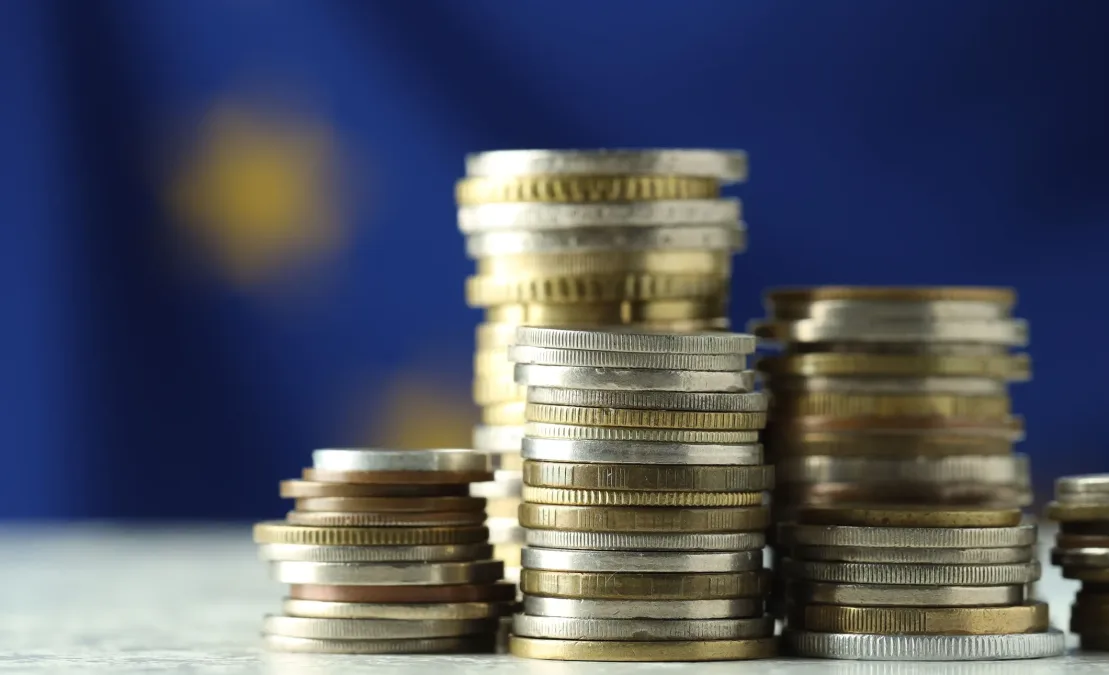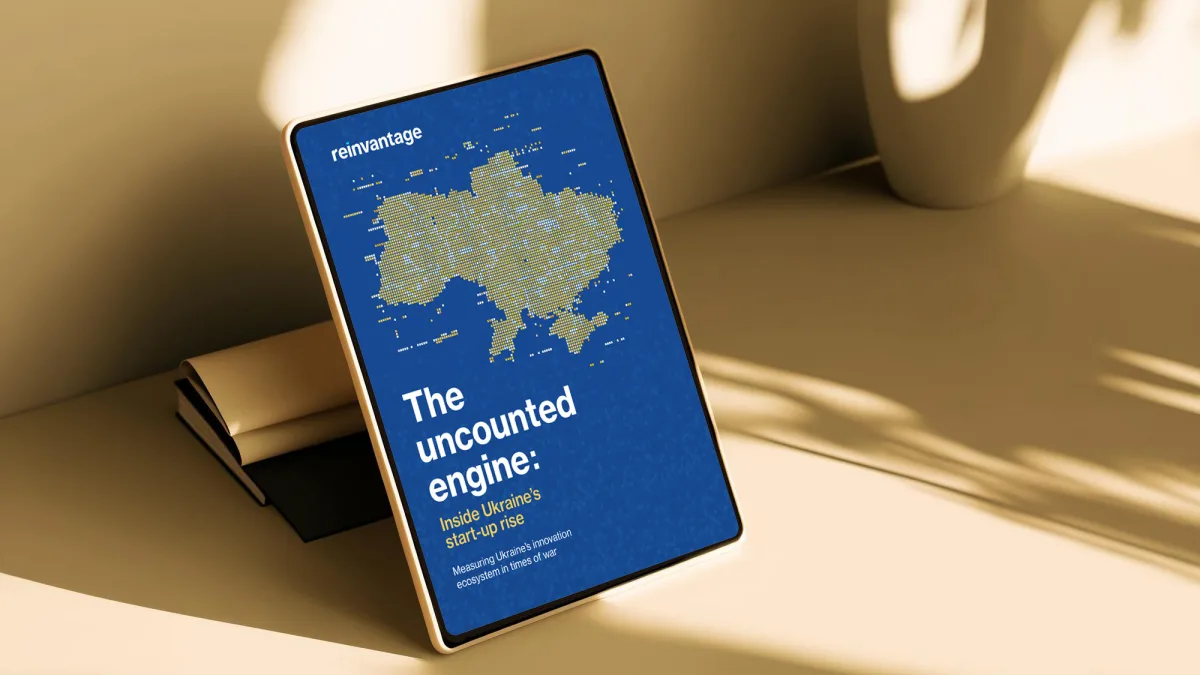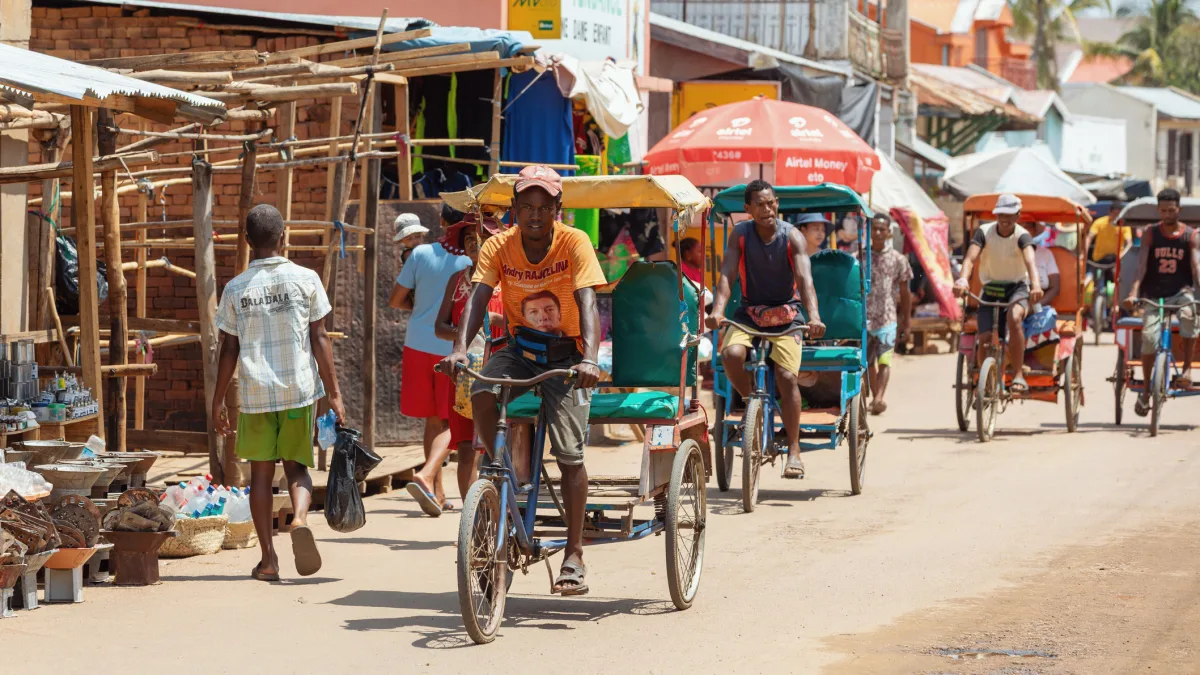The romance between western capital and eastern European labour appears to be cooling. Foreign direct investment (FDI) in Central, East and Southeast Europe tumbled by a quarter in 2024, falling from around 100 billion euros to just over 75 billion euros according to fresh data from the Vienna Institute for International Economic Studies (wiiw).
It is a sobering reminder that even the most enduring economic relationships eventually sour.
The decline is particularly stark given its breadth. Poland, once the poster child for post-communist transformation, saw FDI plummet by 48 per cent. Even Romania, which has spent years wooing foreign investors with competitive wages and EU membership, managed only to disappoint with a 15 per cent drop.
The pattern holds across the EU members of the region, which collectively witnessed a 24 per cent per cent decline. Ukraine’s 26 per cent fall seems almost predictable given the rather pressing matter of a war on its doorstep.
Some bright spots persist amid the gloom. Slovakia managed to attract ten times more investment than the previous year—though this owes much to individual large-scale projects, particularly Chinese investments in electric car and battery production.
Hungary, Croatia, Czechia, and Lithuania also recorded growth, though largely thanks to one-off mega-projects that flatter the statistics. The six countries of the Western Balkans, led by Serbia and North Macedonia, bucked the trend with a 17.4 per cent increase, as did Türkiye with 5.5 per cent growth.
When trees don’t reach the sky
The culprits behind this investment drought are depressingly familiar. German industry’s malaise has clearly dampened enthusiasm for expansion eastward, whilst the uncertainty surrounding Donald Trump’s second presidential term has made investors decidedly skittish.
“The crisis in German industry and the uncertainty surrounding Donald Trump’s second term as US president clearly had a major impact on the region last year,” notes Olga Pindyuk, a wiiw economist.
The German retreat is particularly pronounced. Investment commitments from Germany fell by almost 50 per cent between the second quarter of 2024 and the first quarter of 2025 compared with the previous corresponding period, dropping from 10.6 billion euros to just 5.4 billion euros. The number of projects announced fell by 21 per cent. Austrian investors, traditionally keen on their eastern neighbours, have grown cautious too, with the number of project announcements falling from 49 to 34.
China, meanwhile, remains the region’s largest investor in new projects despite its own commitments nearly halving. With around 11.2 billion euros in committed investment volume, Chinese firms continue to eye Eastern Europe as a manufacturing base, though this represents only slightly over one per cent of total FDI stocks in the region.
As Pindyuk wryly observes: “The sharp decline in Chinese capital commitments for new investments shows that in Eastern Europe even China’s trees do not reach the sky.”
The workshop model crumbles
Perhaps more concerning than the cyclical decline in investment flows is what it reveals about the region’s structural transformation. The data suggests that Eastern Europe’s growth model—based largely on attracting foreign manufacturers seeking cheap, skilled labour—may be reaching its natural limits.
The share of FDI relative to GDP has declined in many countries since 2019, even as these economies have grown. This points to a fundamental shift away from the ‘extended workbench’ model that has underpinned regional prosperity for three decades. Countries that built their success on assembling German cars and Austrian machinery find themselves increasingly disconnected from their traditional benefactors.
The automotive industry, once the crown jewel of Eastern European manufacturing, exemplifies this challenge. As the sector grapples with the transition to electric vehicles and shifts in global supply chains, the region’s comparative advantages are eroding.
Cheap labour is no longer enough when robots can work for even less, and when geopolitical tensions make supply chain resilience more valuable than pure cost efficiency.
Greenfield blues
The forward-looking indicators are even more worrying. Greenfield investment announcements for the first quarter of 2025 hit a five-year low, with both the number of new projects (down 26 per cent from the same period of 2024) and committed capital (down 55 per cent) reaching their lowest levels since the early pandemic period. This suggests that foreign investors currently have even less confidence in the region than during the initial shock of Covid-19 or Russia’s invasion of Ukraine.
The geographic pattern of new investment tells its own story. Poland has emerged as China’s favoured destination, attracting 12 out of 65 Chinese greenfield projects in the past four quarters—double the previous year’s tally. Yet when it comes to actual capital commitments, the lion’s share goes to Turkey (34 per cent) and Kazakhstan (26 per cent), with Poland accounting for a mere three per cent.
It seems that while Chinese companies appreciate Poland’s infrastructure and EU market access, they prefer to place their biggest bets elsewhere.
Beyond the workbench
The implications stretch far beyond quarterly statistics. Eastern Europe faces a fundamental question: what comes after the extended workbench? The Vienna Institute’s researchers argue persuasively that the region must pivot towards education, research and development, and “well-thought-out, tailor-made industrial policy”.
In other words, Eastern Europe needs to stop being a place where things are assembled and start being a place where they are conceived.
This transition will not be painless. Moving up the value chain requires patient capital, skilled workers, and institutional capacity that cannot be imported overnight. It also demands a different relationship with foreign investors—one based on partnership rather than simple cost arbitrage.
The region’s politicians would do well to heed this warning. The golden age of easy growth through FDI attraction appears to be ending, whether they like it or not. The question is whether Eastern Europe will manage a graceful transition to a new economic model, or whether it will find itself trapped in middle-income mediocrity as global capital seeks cheaper workshops elsewhere.
The extended workbench served its purpose admirably for three decades, lifting millions out of post-communist poverty and integrating the region into global supply chains. But workshops, however extended, eventually become obsolete. Eastern Europe’s challenge now is proving it can be something more.
Photo: Dreamstime.







